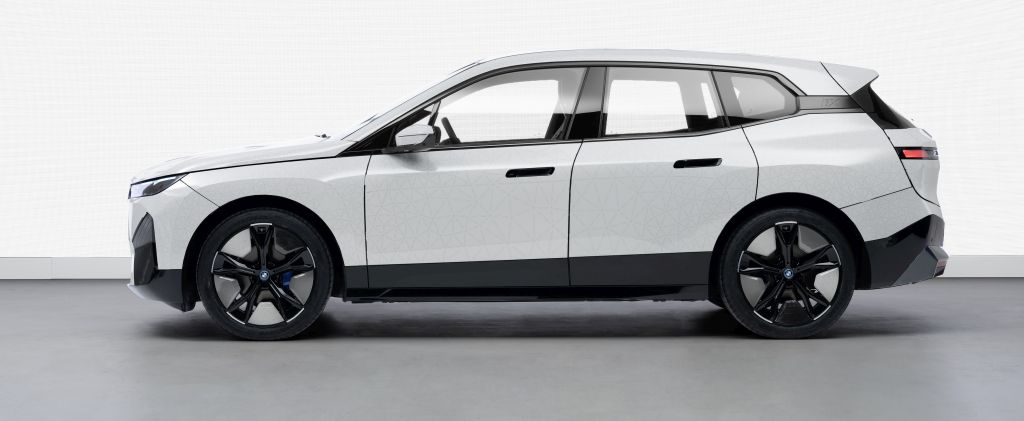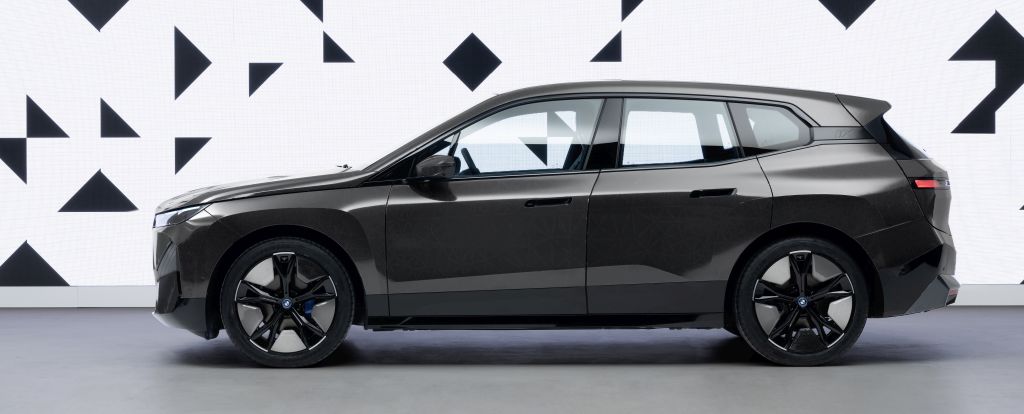TAIPEI: BMW AG unveiled a colour-changing car last month to demonstrate the potential to revolutionise a vehicle’s looks.
For the developer of the smart skin, cars are just the start of many things it wants to cover.
Best known as the longtime e-paper provider for Amazon.com Inc.’s Kindle, Taiwan’s E Ink Holdings Inc. is accelerating a push beyond e-readers and other mobile devices.
The company envisages art galleries, libraries and transport terminals adopting its skin, or film, as the colour palette is expanding beyond black and white.
Each step takes time and success is far from certain - BMW reached out to E Ink in 2019 and only unveiled a prototype of its colour-changing iX Flow sport utility vehicle this year.

But E Ink is confident its technology will break through as architects and auto designers realise its potential.
“Personalisation is a key focus,” F.Y. Gan, E Ink’s president, said in an interview.
“As industries undergo digital transformation, they will need new materials and new manufacturing models.”
Shares of E Ink soared 365% over the past two years and hit a record last month, valuing the company at more than US$6 billion as investors bet it will become another Taiwanese success story in the electronics and semiconductor industries the island relies on.
The innovation that allows surfaces to change colour is called electrophoretic technology.
The E Ink film contains different colour pigments that, when stimulated by various electrical signals, will rise to the surface of the skin, causing it to change hue.
The BMW concept vehicle lets drivers change the look of its exterior from black to white and back, or display both colours in a kaleidoscope of graphics across its body.
Carmakers represent a major potential growth market for E Ink, though the company first started out marketing its colour-changing film to designers and architects working with buildings.

Marketed as Prism, the technology was prominently used in a massive programmable art installation at the San Diego airport.
While E Ink’s technology has been around for years - as Kindle fans know - challenges include tailoring the layer for various products and ensuring that it withstands different temperatures and weather conditions.
In the case of BMW, the carmaker’s engineers had to shape it for the vehicle, with the help of E Ink experts sent to Germany to assist. Covid outbreaks further slowed down the development process.
“We provided our e-paper materials to BMW, and they were responsible for coming up with the graphic design and turning it into a car wrap,” said Gan.
“BMW treated this project with strict confidentiality and even we didn’t know what the car looked like until they unveiled it.”
Beyond the wow factor, the technology has the potential to reduce energy consumption since the white colour option helps keep the vehicle cooler during the day, Gan said. The same applies to buildings - electricity is only required to change the colour, not to maintain it.
While it is unclear if BMW will turn its concept vehicle into a commercial product, E Ink is forging ahead with next-generation coloured wraps to let consumers customise their belongings.
It’s also targeting smaller surfaces such as dynamic retail store price tags and smart licence plates for cars.
“E Ink is benefiting from a boom in the various applications of e-paper technology,” Gilbert Lu, an analyst at Cathay Futures, said in a January note as he doubled his target price for the stock.
“It has a clear plan to expand capacity, so its business will grow steadily.”












